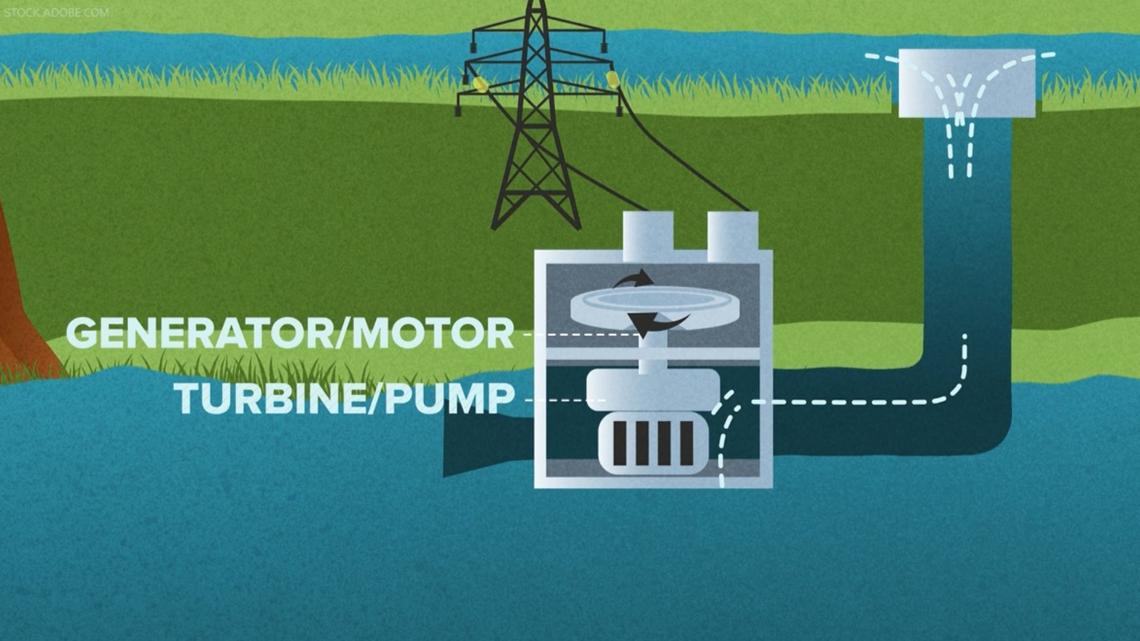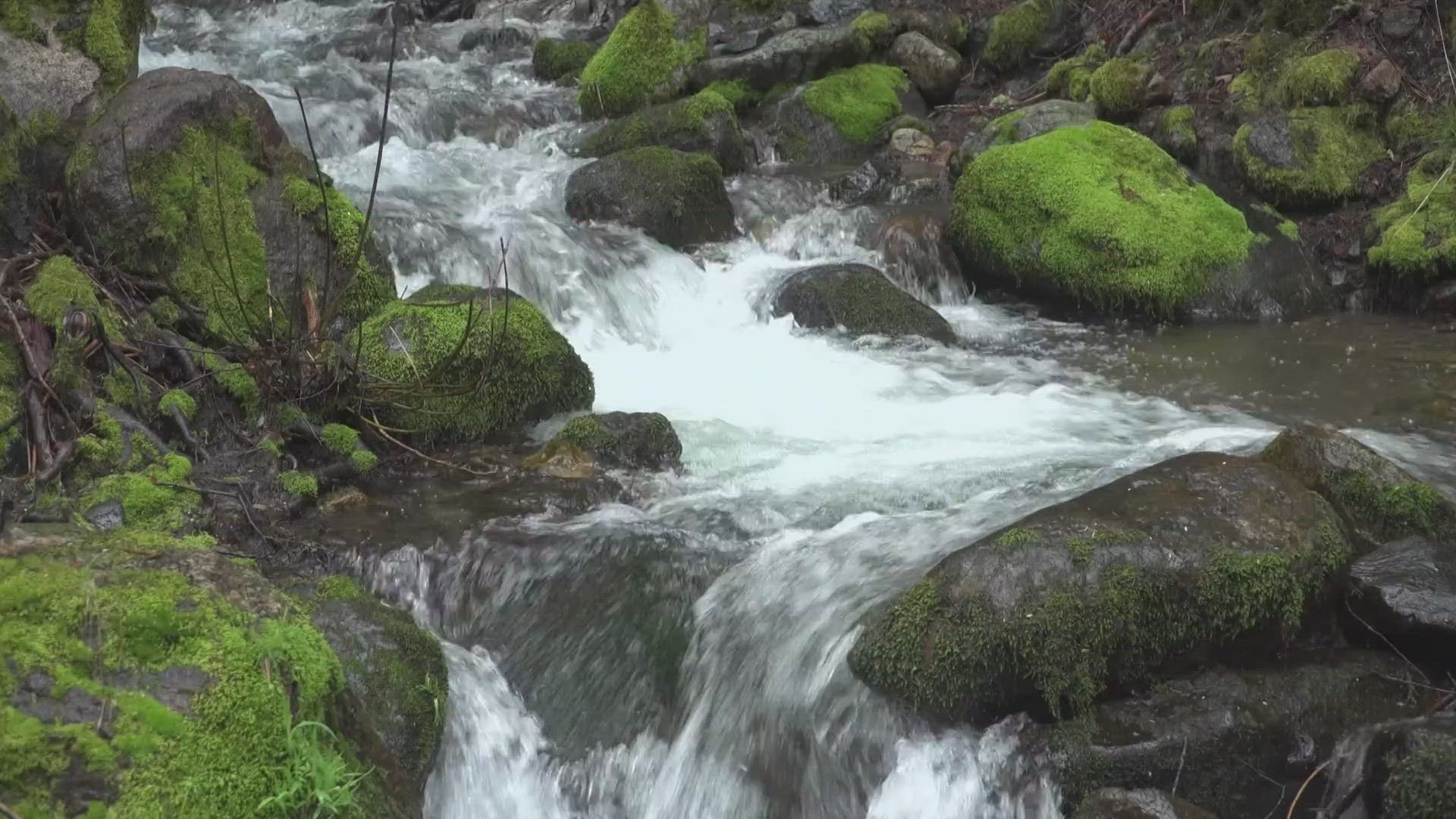SACRAMENTO, Calif. — A new water year is here and there is much anticipation for what a growingEl Niño will bring California. There is a likelihood the state could see back to back big water years.
The 2022-23 water year ended Sept. 30 with the state hitting 141% of average precipitation ranking it as the sixth wettest on record. It was a tenuous year for water managers trying to delicately balance flood control and water supply especially coming off of severe drought conditions. There was growing concern as water had to be released to make room for snowmelt coming down the hill and filling reservoirs.
As the rainy season numbers grew, more water had to be released and the voices became louder to build more dams to capture all that water.
Jeffrey Mount with the Public Policy Institute of California (PPIC) says it is actually cheaper to live with scarcity than create more storage with reservoirs. He says the PPIC looked closely at the economics of the Proposition 1 bond passed by voters in 2014, which could add as many as nine new projects. At the top of the list of new projects is Sites Reservoir to the west of the Central Sacramento Valley.
Mount says even if all of those projects were built, it would only increase the available water yield by about 1-2%. He says that's the problem with new reservoirs in this system — it just costs too much money.
The next generation of reservoirs though, may be diversifying that storage for more than just water supply in the form of what’s called pumped storage. This type of technology was used a lot in the 1950s and 1960s to store energy created from coal and nuclear plants. It’s the oldest and largest form of energy storage, now finding new purpose to use surplus renewable energy.
Malcolm Woolf, CEO of the National Hydropower Association, says pumped storage is an established proven technology to generate power when we need it. Essentially, you release water from an upper reservoir, it flows through a generator produces power, and then you could pump it back up to reuse that same water next time you need to generate power.


This reverse pumping utilizes surplus renewable energy, like solar and wind. At times, there is so much energy being created the grid can’t handle it.
Pumped storage makes use of this creating somewhat of a "water battery," storing energy to release it when we need it. Malcolm says even during the recent drought, this type of power was producing 80% of its’ total capacity.
This can help give renewed purpose for reservoirs, like Oroville, that already have a robust hydropower plant and a system in place to use pumped storage. That part of the network is on hold right now at Oroville due to downstream Feather River temperature limitations, but the Department of Water Resources is pursuing a project to improve those conditions and get it back online. Especially since this type of power supply would help lean into more green energy and help minimize the risk of rolling blackouts.
Mark Hafner, California's DWR North Assistant Division Manger, says when they are doing pump back, they would reconfigure a part of the units at Thermalito and a part of the units at Hyatt in order to rotate opposite direction to act as pumps. He says this type of power generation is reliable and available 24 hours a day, 7 days a week. Whereas other sources like solar and wind, have certain windows when they're available.
This is an important point because when the state is seeing peak energy demand, solar is just tapering off. Hydroelectric power can help fill the gap to feed the need for that power grid.
There are other facilities using pumped storage in California like San Luis Reservoir and Helms in the Central Valley as well as Castaic Power Development in southern California. In the feast or famine water world of California, this type of technology can be another multi-use benefit for reservoirs to help serve our future power supply.
WATCH MORE: California Drought: New water year, updated reservoir levels and a 'headscratcher' winter ahead
ABC10: Watch, Download, Read

















